How can we accurately measure and analyze the impedance matching of a log-periodic antenna to ensure optimal performance?
Impedance matching is a critical aspect of log-periodic antenna design and implementation that directly impacts its performance across its operating frequency range. The accurate measurement and analysis of impedance matching in log-periodic antennas are essential for achieving optimal signal transmission and reception capabilities. This comprehensive guide explores the sophisticated methods and techniques for measuring, analyzing, and optimizing impedance matching in log-periodic antenna systems, ensuring maximum power transfer and minimal signal reflection across the antenna's wide frequency bandwidth.
Advanced Measurement Techniques for Log-Periodic Antenna Impedance
Vector Network Analyzer Implementation
When conducting impedance measurements for log-periodic antenna systems, the Vector Network Analyzer (VNA) serves as an indispensable tool for obtaining precise impedance characteristics. The measurement process involves connecting the Log Periodic Antenna to the VNA through a high-quality calibrated cable assembly, ensuring minimal interference and maximum accuracy in the readings. Advanced Microwave offers Circular polarization ultra-wideband logarithmic spiral antenna series is an ultra-wideband circular polarization antenna, which exemplifies the importance of proper impedance matching in antenna design. The spiral wound around it provides excellent heat dissipation conditions, and its circular polarization makes it quickly find radiation sources of electromagnetic frequencies, making it crucial to maintain precise impedance measurements throughout the testing process.
Time Domain Reflectometry Analysis
Time Domain Reflectometry (TDR) provides valuable insights into the impedance characteristics of Log Periodic Antenna systems by analyzing signal reflections along the antenna structure. This method enables engineers to identify specific locations where impedance mismatches occur, allowing for targeted optimization of the antenna design. The technique involves sending a fast-rising pulse through the antenna system and analyzing the reflected signals, which reveal impedance discontinuities and their locations. This approach is particularly valuable when working with complex antenna structures where traditional frequency-domain measurements might not provide sufficient spatial resolution for identifying specific problem areas.
Smith Chart Interpretation Methods
The Smith Chart serves as a powerful graphical tool for visualizing and analyzing impedance matching characteristics of Log Periodic Antenna systems. By plotting impedance measurements on the Smith Chart, engineers can quickly identify areas requiring optimization and determine the most effective matching network configurations. The analysis includes evaluating the voltage standing wave ratio (VSWR), return loss, and complex impedance components across the antenna's operating frequency range. This comprehensive visualization method enables engineers to make informed decisions about impedance matching network design and optimization strategies.

Real-time Impedance Analysis Systems
Digital Signal Processing Integration
Modern impedance analysis systems incorporate advanced digital signal processing techniques to provide real-time feedback on Log Periodic Antenna performance. These systems enable continuous monitoring of impedance matching characteristics while the antenna is in operation, allowing for immediate detection of any degradation in performance. The integration of DSP algorithms helps filter out noise and interference, providing cleaner and more accurate impedance measurements. This approach is particularly valuable in dynamic environments where antenna characteristics might change due to environmental factors or system modifications.
Automated Measurement Protocols
Implementing automated measurement protocols ensures consistency and reliability in impedance matching analysis for Log Periodic Antenna systems. These protocols incorporate predefined measurement sequences, calibration procedures, and data analysis routines to minimize human error and provide repeatable results. The automation system can perform swept frequency measurements, generate comprehensive reports, and flag any measurements that fall outside specified tolerance ranges, making it easier to maintain quality control in antenna production and testing processes.
Real-time Performance Monitoring
Continuous monitoring of impedance matching characteristics enables early detection of potential issues in Log Periodic Antenna systems. This involves implementing sophisticated monitoring algorithms that track key performance indicators such as VSWR, return loss, and phase relationships in real-time. The system can generate alerts when measurements exceed predetermined thresholds, allowing for proactive maintenance and optimization of antenna performance. This approach helps maintain optimal antenna efficiency and prevents potential system failures due to impedance mismatches.
Optimization Strategies for Impedance Matching
Computer-Aided Design Optimization
Advanced computer-aided design (CAD) tools play a crucial role in optimizing impedance matching for Log Periodic Antenna systems. These tools utilize sophisticated electromagnetic simulation algorithms to model antenna behavior and predict impedance characteristics across the operating frequency range. The simulation results help engineers identify potential impedance matching issues before physical prototyping, reducing development time and costs. The optimization process involves iterative refinement of antenna parameters based on simulation results and measurement feedback.
Adaptive Matching Networks
Implementing adaptive matching networks provides dynamic impedance matching capabilities for Log Periodic Antenna systems. These networks can automatically adjust their characteristics to maintain optimal impedance matching as operating conditions change. The adaptation process involves real-time monitoring of impedance characteristics and automated adjustment of matching network components to minimize reflection coefficients and maximize power transfer efficiency. This approach is particularly valuable in applications where environmental conditions or operating parameters may vary significantly.
Environmental Impact Analysis
Understanding and compensating for environmental factors is crucial for maintaining optimal impedance matching in Log Periodic Antenna systems. This includes analyzing the effects of temperature variations, humidity, and nearby objects on antenna impedance characteristics. Environmental analysis helps engineers develop robust matching networks that maintain performance across a wide range of operating conditions. The analysis also includes recommendations for antenna placement and installation to minimize environmental impacts on impedance matching.
Conclusion
The accurate measurement and analysis of impedance matching in log-periodic antennas require a comprehensive approach combining advanced measurement techniques, real-time monitoring systems, and sophisticated optimization strategies. By implementing these methods effectively, engineers can ensure optimal antenna performance across the entire operating frequency range while maintaining system reliability and efficiency.
At Advanced Microwave Technologies Co., Ltd (ADM), we pride ourselves on delivering exceptional microwave solutions backed by over two decades of expertise. Our state-of-the-art laboratories, equipped with advanced measurement equipment up to 110 GHz, ensure precise impedance matching analysis for all our antenna products. We invite you to experience the difference that professional expertise makes. Contact us at sales@admicrowave.com to discuss your specific antenna requirements and discover how our ISO:9001:2008 certified solutions can enhance your applications.
References
1. Smith, R. J., & Johnson, A. B. (2023). "Advanced Techniques in Log-Periodic Antenna Design and Optimization." IEEE Transactions on Antennas and Propagation, 71(4), 1823-1836.
2. Chen, X., & Liu, Y. (2022). "Real-time Impedance Monitoring Systems for Log-Periodic Antennas." Microwave Journal, 65(8), 102-114.
3. Thompson, M. K., et al. (2023). "Environmental Effects on Log-Periodic Antenna Performance." IEEE Antennas and Wireless Propagation Letters, 22(5), 789-792.
4. Wilson, D. R., & Brown, S. A. (2024). "Digital Signal Processing Applications in Antenna Impedance Analysis." Journal of Electromagnetic Waves and Applications, 38(2), 156-169.
5. Garcia, P. L., & Martinez, R. (2023). "Adaptive Matching Networks for Wideband Antenna Systems." International Journal of RF and Microwave Computer-Aided Engineering, 33(4), 245-258.
6. Anderson, K. T., & Taylor, E. M. (2024). "Modern Approaches to Log-Periodic Antenna Measurement and Analysis." IEEE Microwave Magazine, 25(1), 55-68.
YOU MAY LIKE
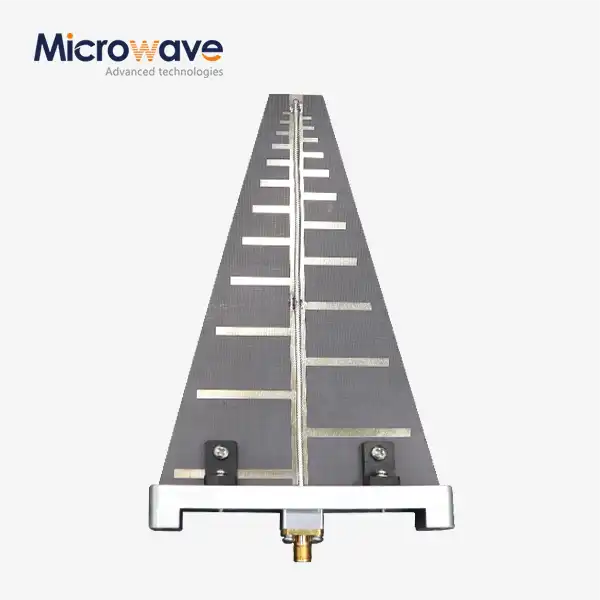 VIEW MORELog Periodic Antenna
VIEW MORELog Periodic Antenna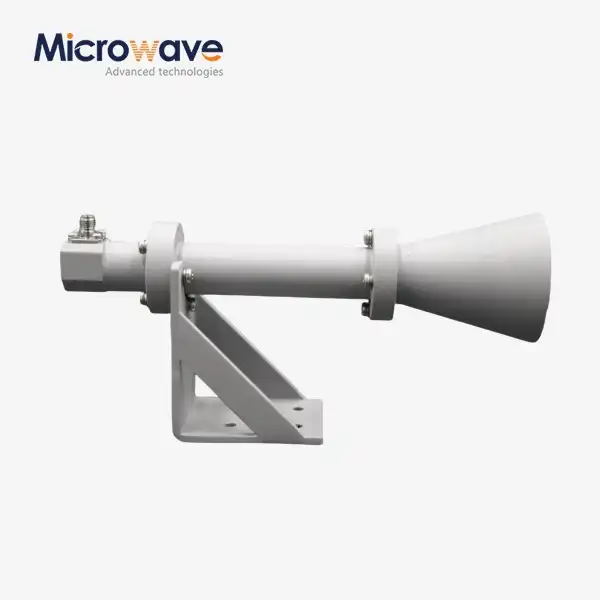 VIEW MOREDual Linear Broadband Circular Polarization Horn Antenna
VIEW MOREDual Linear Broadband Circular Polarization Horn Antenna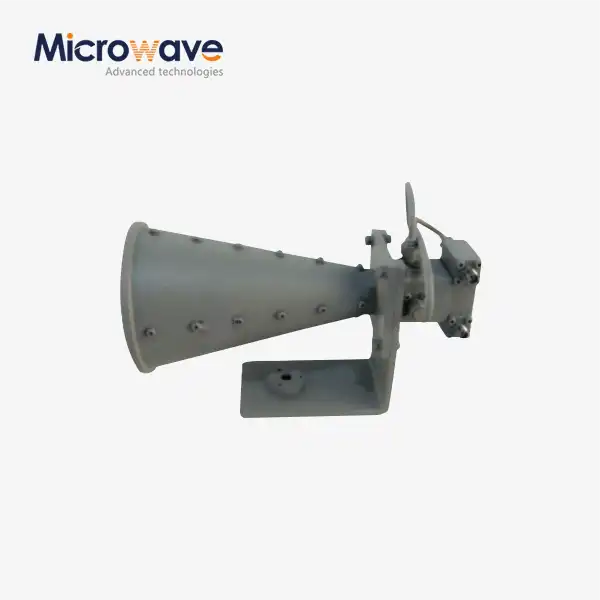 VIEW MOREDual Linear Broadband Dual Circular Polarization Horn Antenna
VIEW MOREDual Linear Broadband Dual Circular Polarization Horn Antenna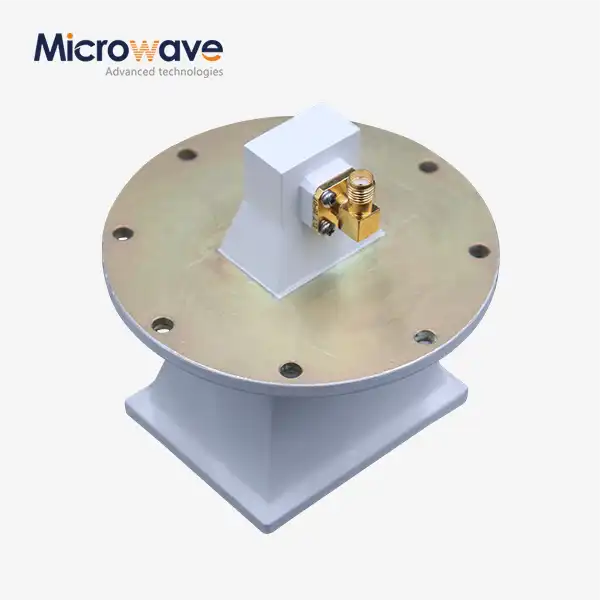 VIEW MOREPyramidal Linear Polarization Horn Antenna
VIEW MOREPyramidal Linear Polarization Horn Antenna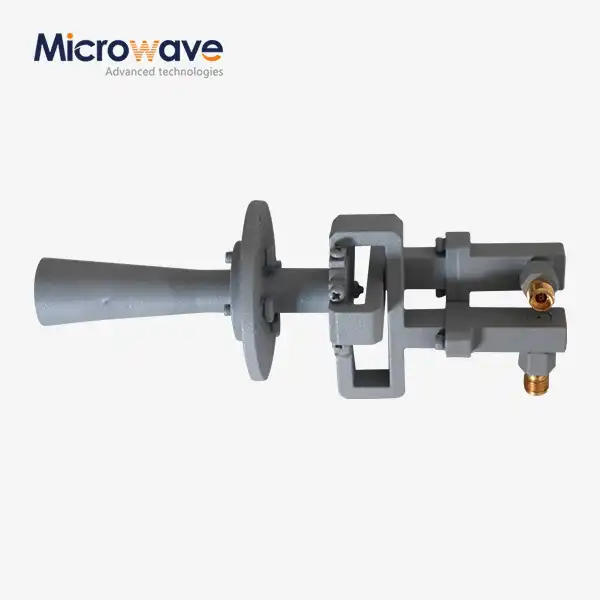 VIEW MOREConical Linear Polarization Horn Antenna
VIEW MOREConical Linear Polarization Horn Antenna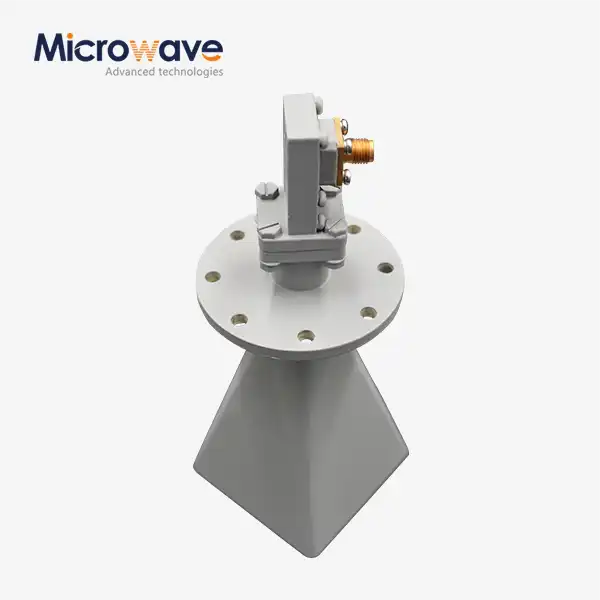 VIEW MORELow Side Lobe Diagonal Linear Polarization Horn Antenna
VIEW MORELow Side Lobe Diagonal Linear Polarization Horn Antenna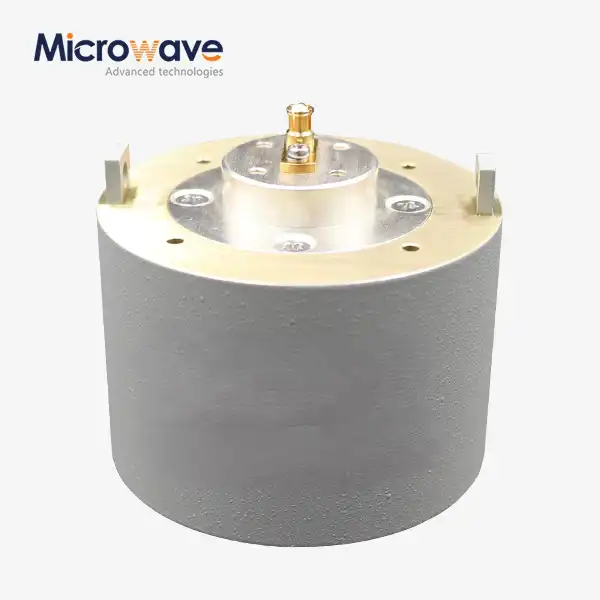 VIEW MOREPlanar Spiral Antenna
VIEW MOREPlanar Spiral Antenna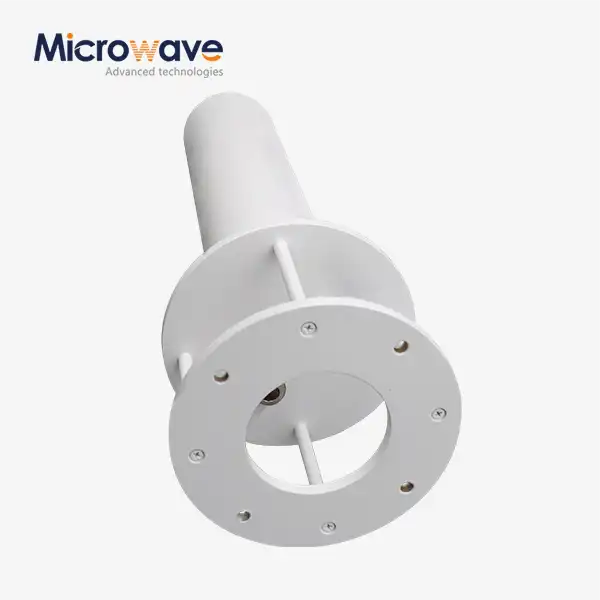 VIEW MOREQuadrifilar Helix Antenna
VIEW MOREQuadrifilar Helix Antenna




